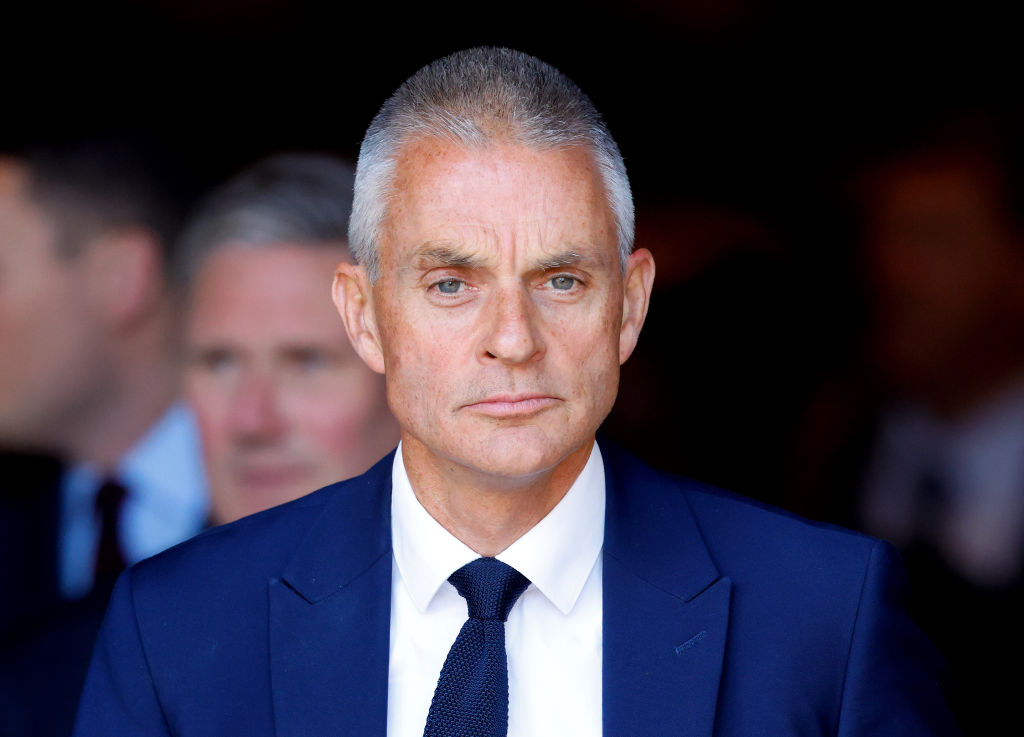If you’ve ever visited Starbucks, you may enjoy the overpriced coffees or bewildering assortment of half-sweet, half-savoury drinks – espresso frappuccino, anyone? But you may also agree with a mystery shopper who said: ‘It can feel transactional, menus can feel overwhelming, product is inconsistent, the wait too long or the handoff too hectic.’
Anyone with even the most slightly unorthodox name can testify to the last: it has become a running joke on social media to see randomly scrawled words on the coffee cups that may, or may not, bear some relation to the person who has ordered it. But before Starbucks defenders start to attest to the group’s brilliance, the identity of the mystery shopper is none other than the company’s new chief executive Brian Niccol, and he has promised to, in his words, look into ‘elevating the in-store experience, ensuring our spaces reflect the sights, smells and sounds that define Starbucks’.
There is nothing cool or alternative about Starbucks any more
When the coffee chain first arrived in the UK in 1998, nearly thirty years after the first branch opened in Seattle in 1971, it was a revelation. While a generation of not-very-funny amateur comedians attempted to derive material from the names of the varying sizes of coffee that customers were served – ‘I can’t cope with all this “tall” and “venti” bollocks, just give me “big” and “normal”’ – the whole experience of going to a Starbucks was a game-changer for a nation starved of decent coffee. Customers were served by young, good-looking staff, the atmosphere was stylish and relaxed, and if you so wished, you could sit down in a comfortable leather armchair with a coffee and a slice of excellent cake and while away an hour very pleasantly. For a nation that was used to going to sweaty, often dirty pubs for their entertainment, this was a civilised and wholly enjoyable change.
A quarter of a century later, and matters have worsened dramatically. The days when Bob Dylan would have considered it appropriate to release albums of his music via Starbucks – one a 2008 compilation, Music That Matters To Him, and one a 2005 album, Live At The Gaslight 1962 – are long behind us. There is nothing cool or alternative about Starbucks any more, just a collection of bored, frazzled staff serving mediocre coffee and stale, flavourless cake to customers who openly resent paying through the nose for their order.
It has not helped Starbucks’ case that, while its profits in the United States have now declined for two consecutive quarters – triggering Niccol’s public statement – it is widely regarded with contempt in Britain for paying a tiny amount of corporation tax (£7.2 million in April this year, on ‘gross profits’ of £149 million). More than five times that amount was paid as a royalty and licensing payments to the US-based parent company. One campaigner described this as ‘derisorily low’. It is fair to say that she, along with everyone else, has woken up and smelt the coffee, and the scent is decidedly bitter.
Can anything be done to turn it around? Niccol is promising that, in the US at least, the stores ‘will be inviting places to linger, with comfortable seating, thoughtful design and a clear distinction between “to-go” and “for-here” service’. Yet this needs to be a complete rethink of the brand and what it stands for, rather than a few cosmetic tweaks.
The market for coffee shops is now saturated beyond recognition, and, increasingly, people prefer quirky independents where they can have a personal recommendation for their drink rather than a corporate behemoth. While Niccol’s new reign might yet persuade me to rush out and buy a Venti Pumpkin Spice Crème Frappuccino (420 calories, and a steal at a mere £5.90), I suspect that hell is more likely to freeze over – or the cast of Friends, perhaps the ultimate Starbucks show, reunite – than the chain regain the late Nineties cool that it once enjoyed. This particular beverage has been spilt one too many times, and nobody is showing any signs of being able to clear it up satisfactorily.







Comments